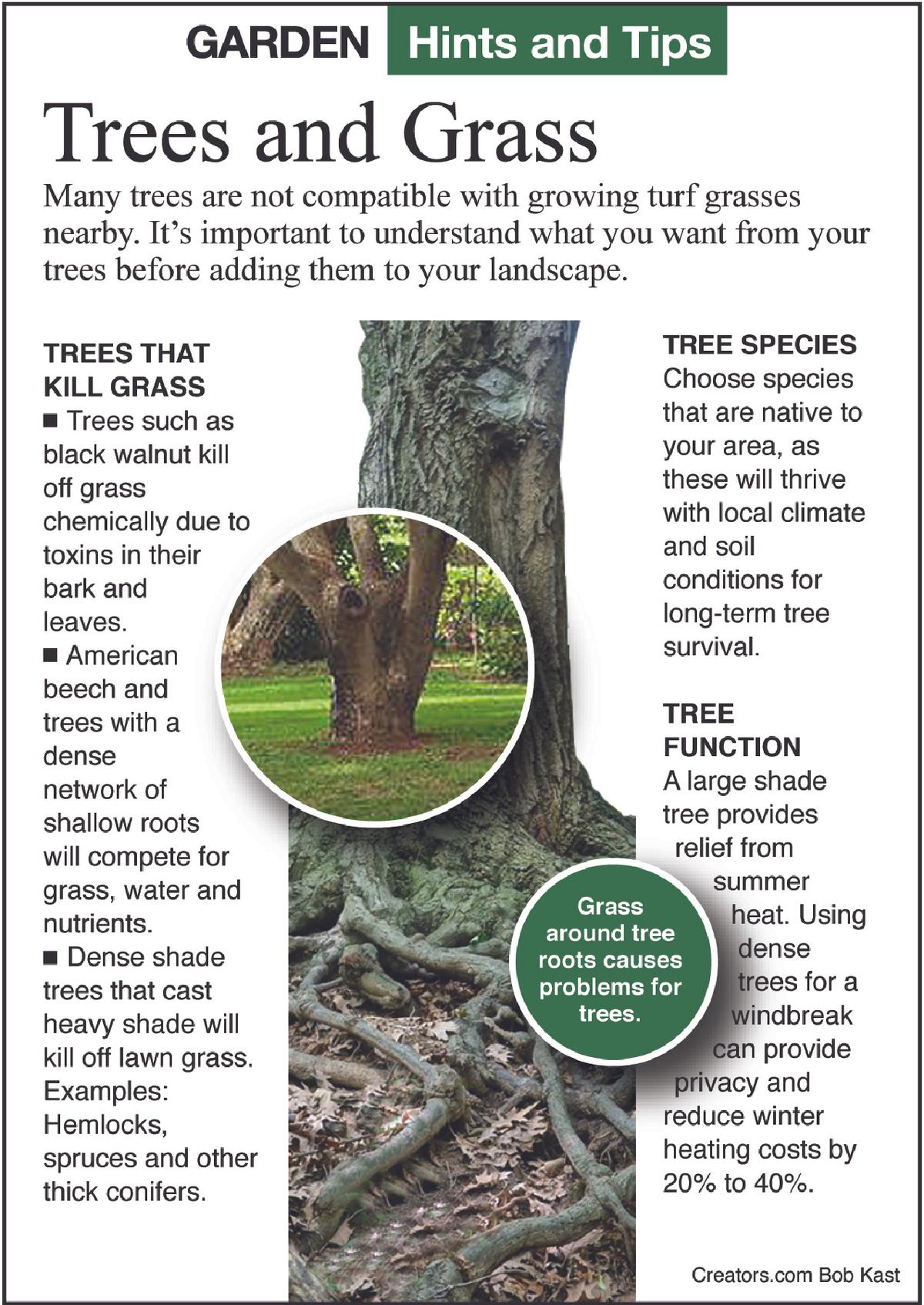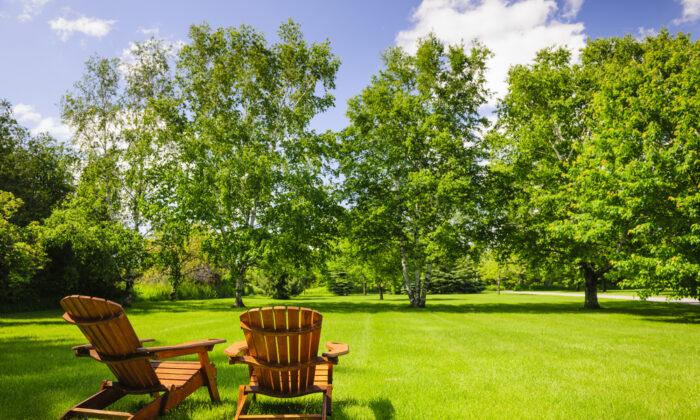Q: Our backyard woods comprise oaks and other deciduous trees, so our leaf cleanup is constant every year. Over two decades, I have used every form of leaf removal. I have used my mower to mulch the leaves sometimes but have heard conflicting opinions on this.
Some say it’s good for the soil and grassroot systems (protected from the Virginia winter cold), and others say its buildup suffocates the grassroots. It’s easier to mow it, so I prefer that method, but not at the expense of the grass health.
A: Let’s look at this from a couple of different viewpoints. Where does grass grow in nature? In prairies and savannahs, where there are very few trees producing shade in the summer and blanketing the ground in leaves during the fall.
Where do trees grow? They grow in forests that have thick layers of organic material called duff covering the soil. The forest soil is very loose, and many of the other plants growing in the forest have thin, widespread root systems.
Now let’s combine the two plant groups by planting grass that needs to be mowed in the forest. What happens to the health of both groups of plants?
The grass doesn’t grow as well as it should because of the shade. It will have a smaller top of leaves that produces a smaller amount of food, so the root system can’t grow as well as it should. Walk around in a shady lawn versus a sunny lawn and you will see weak grass plants that are easy to uproot in the wooded area. Weak grass plants are more likely to get fungal diseases such as powdery mildew.
What is happening to the trees? They don’t have a loose soil, because the lawn mower and other activities compact the soil. Even with a poor root system, the grass plant sucks a lot of water and nutrients out of the soil that the tree needs.
The tree roots don’t do well in a compacted soil that dries out quickly. An unhealthy root system can’t supply as much water and nutrients as the tree needs. A stressed tree is more likely to get disease and insect problems.
So, whenever you see lawns under old forest trees, you are looking at a stressed ecosystem. Both sets of plants need more care than either would need if they were growing in their preferred environmental conditions.

A partial solution is creating a savannah of grass that is not mowed, growing under widely spaced trees that allow sunlight to reach the grass. The unmowed area will allow more wildflowers to grow, and it will allow more birds, butterflies, and other wildlife to thrive. Most people trying to keep a mowed lawn under trees will not stop mowing the grass—so now what?
In areas prone to wildfires, the mowed lawn area near the house has less fuel for the fire, so it may be necessary to keep some areas mowed.
The thicker the layer of leaves that can be left on the area under the trees, the better it is for the trees. This could mean creating large beds under the trees where grass is not growing and the leaves (mulched or not) can be left to create a loose forest soil.






Friends Read Free